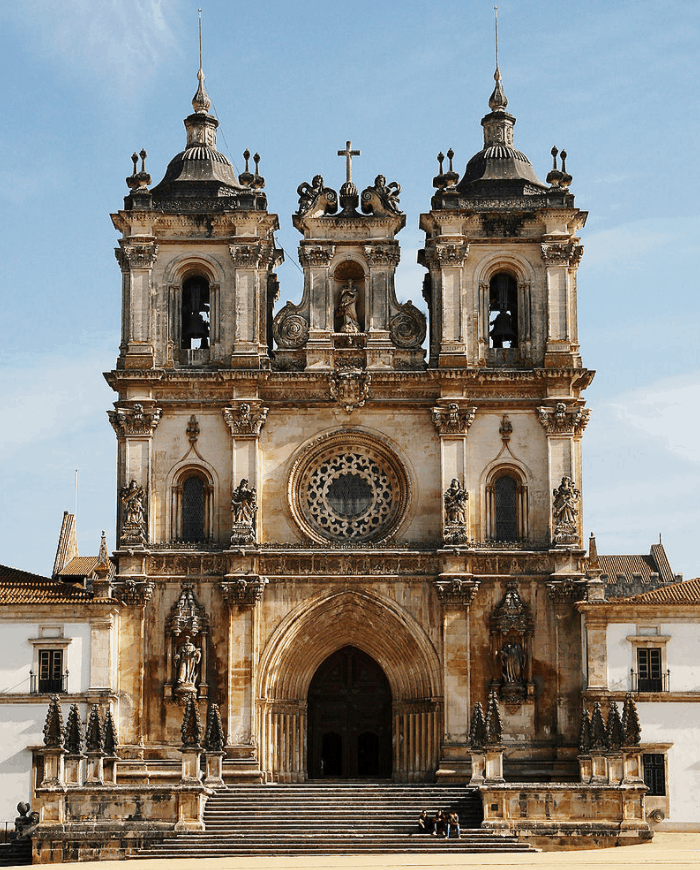Did you know that Portugal was one of the major empires in the world in the 14th and 15th centuries?
Portuguese explorers traveled all around the world and discovered India (Vasco da Gama) and Brazil (Pedro Álvares Cabral). This period is fittingly referred to as the “Age of Discoveries.”
At home, some fascinating landmarks were constructed or renovated during this period, and several of these made it to the shortlist of the 7 Wonders of Portugal, a public voting competition that ran from December 7, 2006, until July 7, 2007.
The results were announced in the amazing stadium of football club Benfica in Lisbon and below you can find an overview of the winners of the 7 Wonders of Portugal voting!
1. Pena Palace
Pena Palace isn’t just one of the most famous palaces in Portugal, it’s also one of the most famous palaces in the world! It’s located in the Sintra Hills near Lisbon and is considered the ultimate example of a 19th-century romanticist palace.
A monastery stood in its location for multiple centuries until it was destroyed by the 1755 earthquake in Lisbon. It wasn’t until 1842 that King Ferdinand commissioned the construction of a summer residence for the Portuguese Royal Family. He engaged German engineer Wilhelm Ludwig von Eschwege, and the amazing palace was completed in 1854.
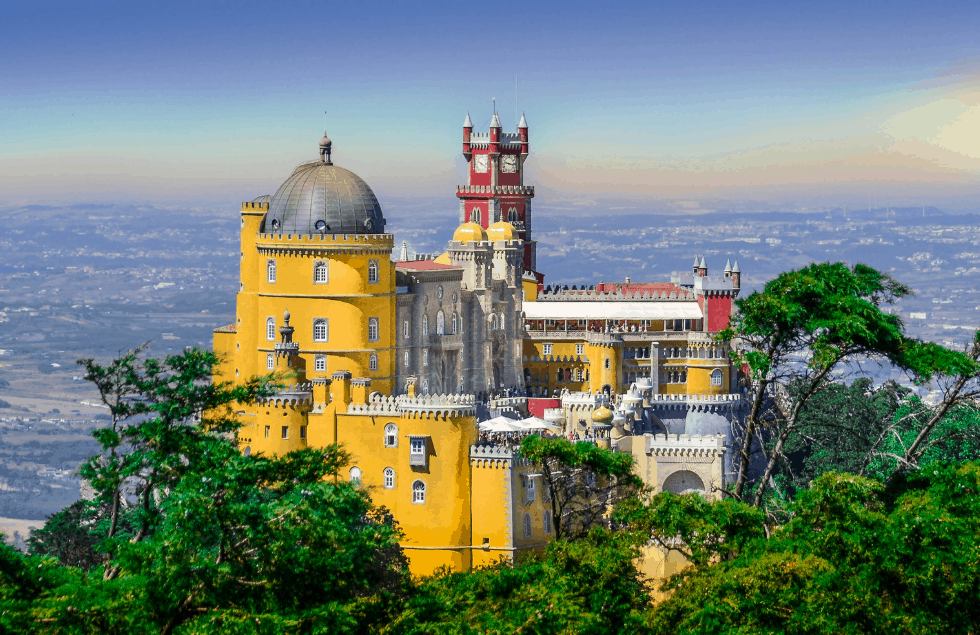
2. Jerónimos Monastery
The Jerónimos Monastery also referred to as the Hieronymites Monastery, is located in the Lisbon parish of Santa Maria de Belém and used to serve as a monastery from its dedication in 1495 until it was secularized in 1833. It replaced a church that was located in the same location.
The monastery is one of the prime examples of the Portuguese Late Gothic Manueline style of architecture and was constructed in the middle of the Age of Discoveries. Therefore, the style includes a lot of references to the maritime conquests of the Portuguese explorers of that time.
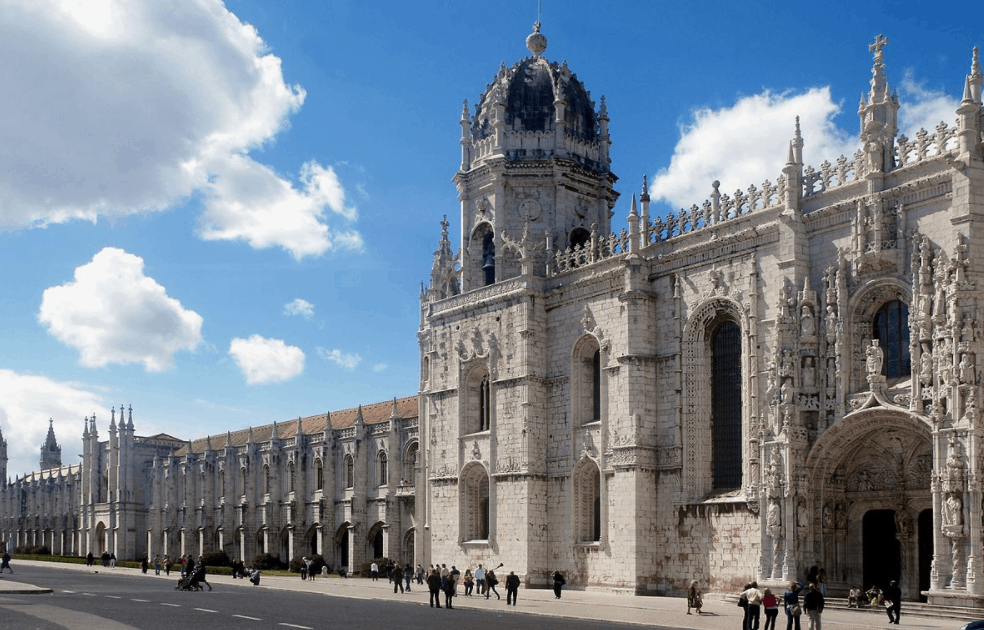
3. Belém Tower
The Belém Tower was constructed with the same stones used for the construction of the Jerónimos Monastery, for the simple reason that it was constructed in the same period and the same location. It’s one of the most famous towers in the world and was constructed between 1514 and 1519 and was originally commissioned by King John II as an extra layer of defense for Lisbon.
Over the centuries, the tower was frequently expanded and renovated and served additional purposes as well. Its dungeon was used as a prison for multiple centuries, it was a ceremonial gateway to Lisbon for Portuguese explorers, and it was used for centuries to collect taxes from incoming ships. It’s another prime example of the Manueline architectural style.
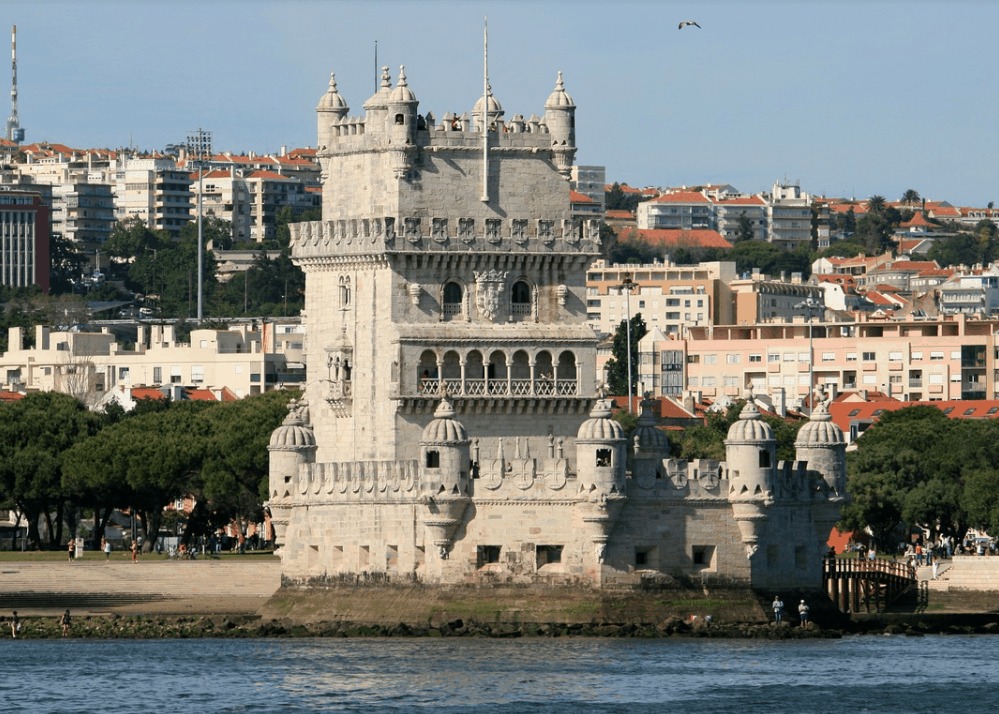
4. Castle of Guimarães
The Castle of Guimarães is the oldest structure on the list with 7 wonders of Portugal as it was constructed in the 10th century. This medieval castle is located in the north of the country in the city Guimarães and was built to protect the nearby monastery from invasions of the Moors and Norsemen.
The original castle was built in the Romanesque architectural style, but was expanded later and also contains some Portuguese Gothic elements which were added in the 13th century. It’s located within the city boundaries on a small granite hill, encircled by a public park.
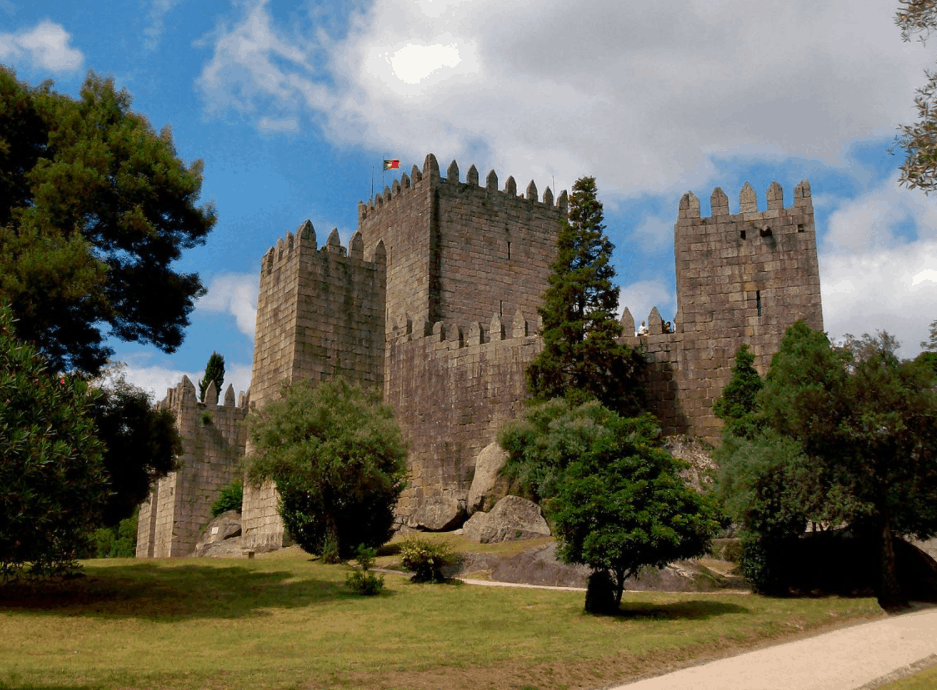
5. Batalha Monastery
The Batalha Monastery is a Dominican monastery located in a city with the same name in the central part of the country. It’s officially known as the “Monastery of Saint Mary of the Victory” and it took well over a century to build. Construction began in 1386 and it wasn’t completed until the year 1517!
The monastery was commissioned by King John I as a thank you to the Virgin Mary for the victory of the Portuguese against the Castilians in a battle called the “Battle of Aljubarrota.” This battle marked the end of a crisis that lasted for 2 years between 1383 and 1385. It’s a prime example of the Late Flamboyant Gothic architecture in Portugal, but also contains elements of the Manueline style.
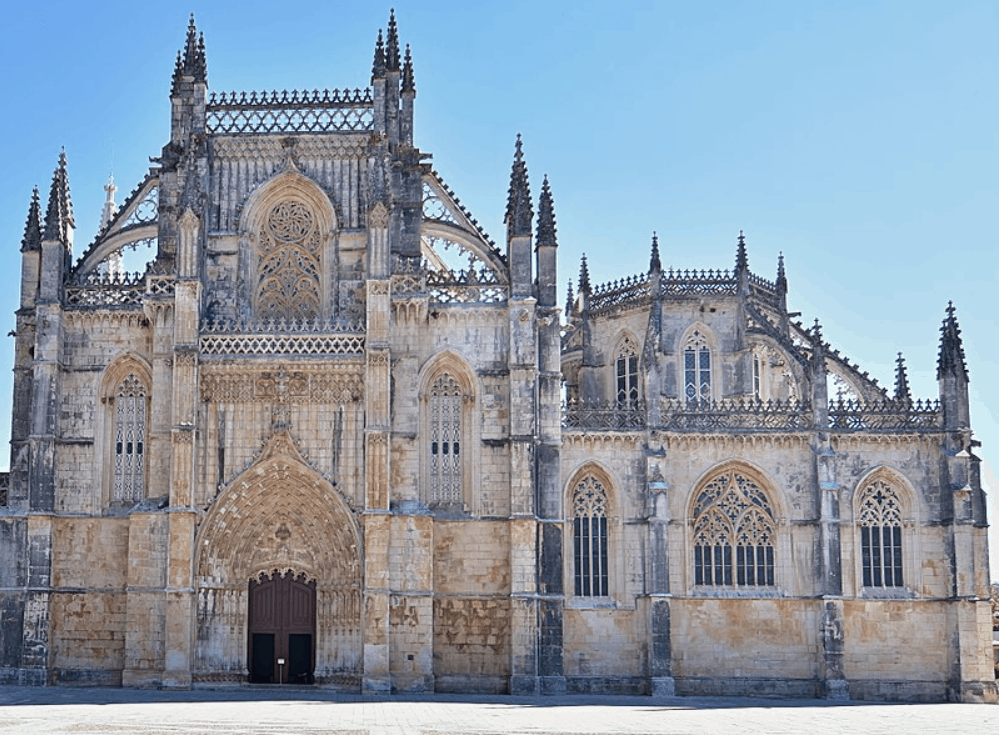
6. Castle of Óbidos
The Castle of Óbidos is a remarkably well-preserved medieval castle that was built around a settlement and served as its fortification. The castle is located in the parish of Santa Maria, São Pedro e Sobral da Lagoa in the town of Óbidos in central Portugal.
It’s believed it was the Muslims who fortified the settlement, which dates back to Roman times, in the 8th century. It wasn’t until the Christian Reconquista in the 12th century though that the first note was taken of the castle, which was definitely conquered by 1195 during the reign of King D. Sancho I.
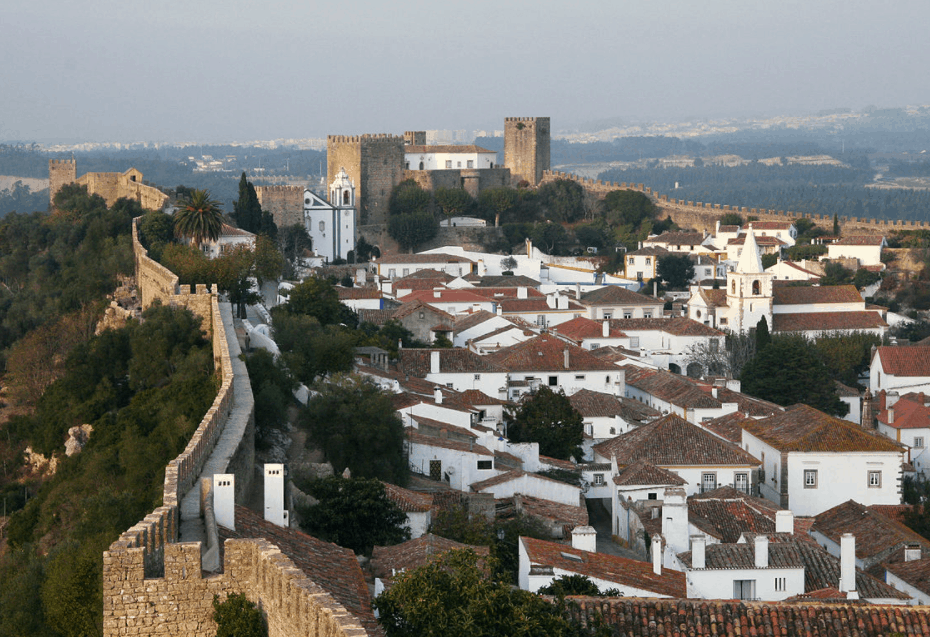
7. Alcobaça Monastery
The Alcobaça Monastery is a Roman Catholic monastery located in the city of Alcobaça in central Portugal. One of the most remarkable facts about this monastery is that it was founded by the first King of Portugal named Afonso Henriques in the year 1153.
Because of this, the monastery has always retained an important connection with the Portuguese monarchy. It was also the first building constructed in the Gothic architectural style in Portugal and is considered to be one of the most important medieval monasteries in Portugal!
